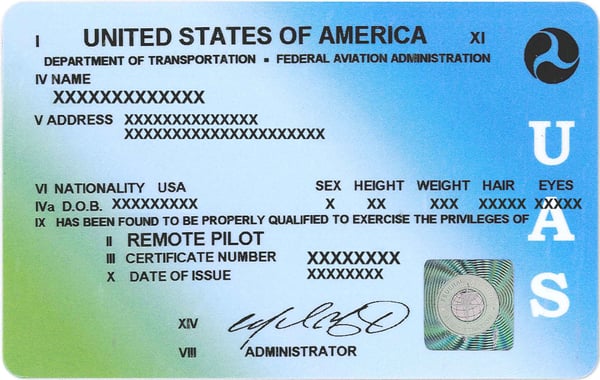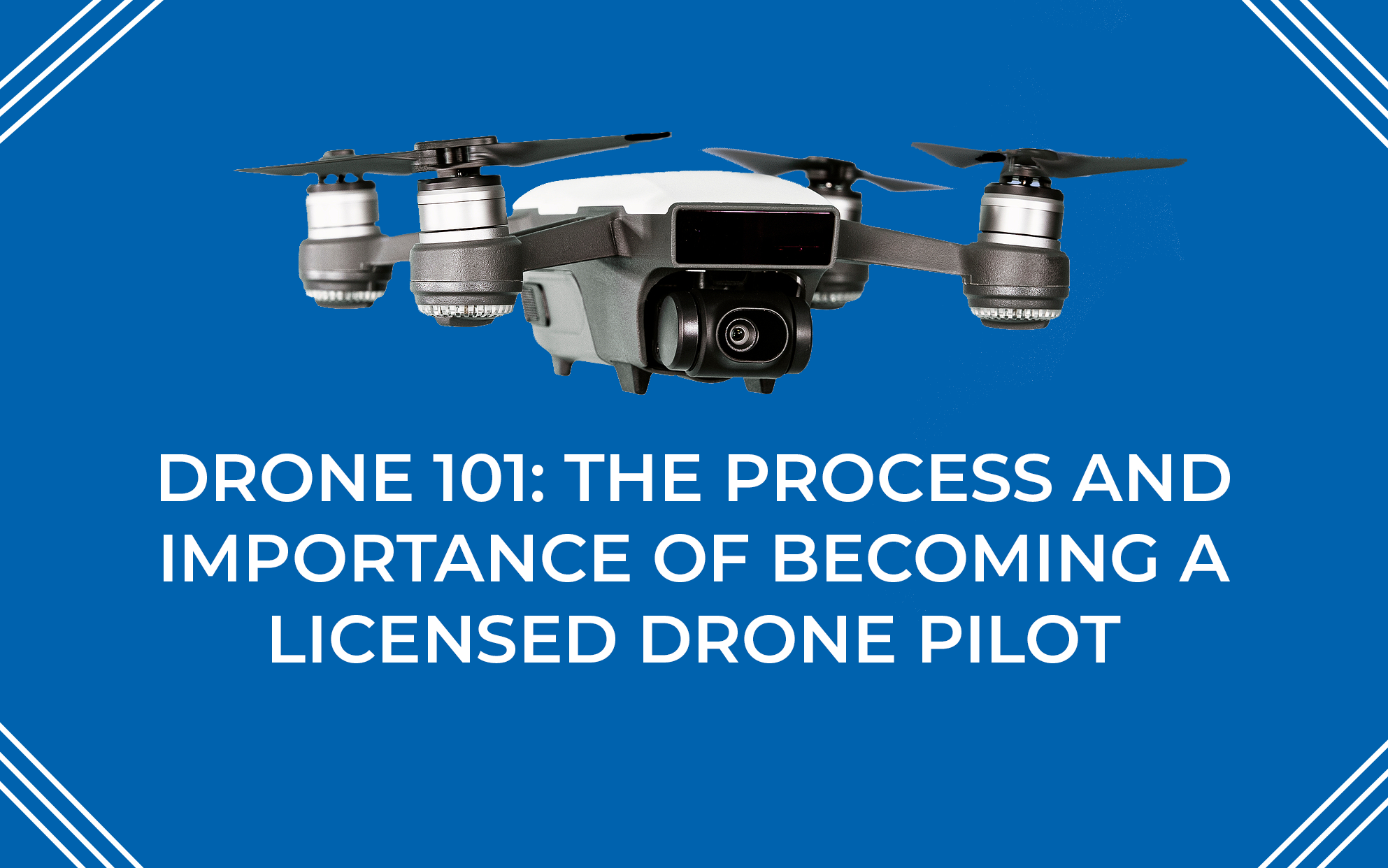The use of drones when capturing footage allows us to get shots of hard-to-capture things for clients such as docks, homes, condominium buildings, and other things that pictures can’t cover completely. This dynamic footage has become a part of nearly all of our videos.
Using drones to gather beautiful footage is something most people know exists, many people are out there flying drones but few are doing it while licensed. Most may not even know that a license exists, not to mention the legalities of working with drones commercially.
Now, before we jump into the details of Part 107 and other FAA rules, please note that the material presented in this blog is for informational purposes only and not for the purpose of providing legal advice. Also, for the complete rules regarding registration and the operation of drones, please refer to FAA’s website.
Related Blog: How To Get a Part 107 Remote Pilot (Drone) Certification
To become certified to fly under Part 107 is a simple process that demands a lot of knowledge but rewards you with legitimacy when piloting out in the world.

Part 107: What is it?
In 2016, the FAA decided to clear up what was formerly a grey area surrounding the flying of drones for commercial use. They came up with what is now known as “Unmanned Aircraft General - Small (UAG) Exam which requires you to pass the exam before flying under the 107 rule.. Along with it came the regulations of drone piloting commercially or for profit.
How to get a Part 107 drone license?
The first step in becoming eligible to Fly under the Part 107 rule is to understand whether or not Part 107 applies to you. You can use this helpful User Identification Tool provided on the official FAA website. There are also many helpful resources to aid your studying found on Google and YouTube, as well as the Official Study Guide from the FAA.
We highly recommend you study plenty before attempting the test because not everything on it will be common knowledge and will require knowledge on things like weather patterns, aeronautical terms, NOTAM Charts, and more.
Resources:
Before taking the exam, be sure you meet all the required criteria set by the FAA:
- Must be at least 16 years old
- Be able to read, speak, write, and understand English
- Be in a physical and mental condition to fly a drone
After that, the next step to getting your license is finding the nearest testing facility and completing the exam which is 60 multiple choice questions.
If you get a 70% or higher, congratulations! You’re now a licensed drone pilot.
After a period of 4-6 weeks, a background check will be done on you and, if passed, you’ll receive your official license in the mail!
 An FAA Part 107 Drone License
An FAA Part 107 Drone License
We recommend researching study guides on Part 107 as the questions are not necessarily common sense and require aeronautical knowledge about weather patterns, NOTAM charts, and more.
What are the advantages of having a Part 107 aside from being able to fly commercially?
Besides your newfound sense of pride and accomplishment, being an officially licensed drone pilot affords you many benefits out in the field, such as:
- Credibility: Fly with confidence without the fear of authorities coming and grounding you. In fact, you’ll be itching for a chance to flash your license at anyone who passes by.
- Class G Airspace: Fly legally throughout Class G airspace without worry.
- Fly Near Airports: With a license, you may fly within 5 miles of an airport if you obtain the proper go-ahead from air traffic control beforehand.
Is there anything else I need to fly commercially apart from becoming eligible to fly under Part 107?
Other than a license, all you need is a sense of the responsibilities that you are intaking when you decide to fly commercially and in public.
Flying ethically means educating yourself on safety and regulations when using your drone, adequately preparing both you and your equipment, and ensuring that you’re covered if something goes wrong.

One way to do that is through drone insurance coverage. Knowing you’re covered will allow you to fly with confidence and give peace of mind to your employer and your customers.
Capturing video with drones is a magnificent feat that can improve your videos and help you deliver footage for your customers that nobody else can. But, make sure you do your proper due diligence before taking to the skies.
If you have more questions or want to dive deeper into the process or the certification, check out our full Part 107 blog.



-1-1.png)

